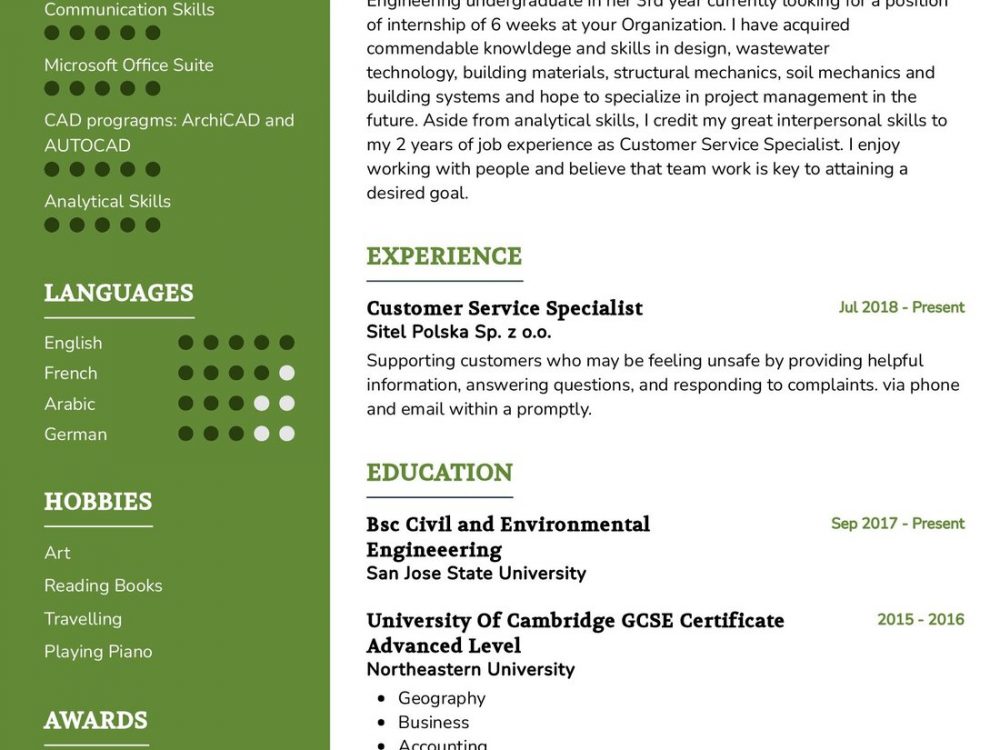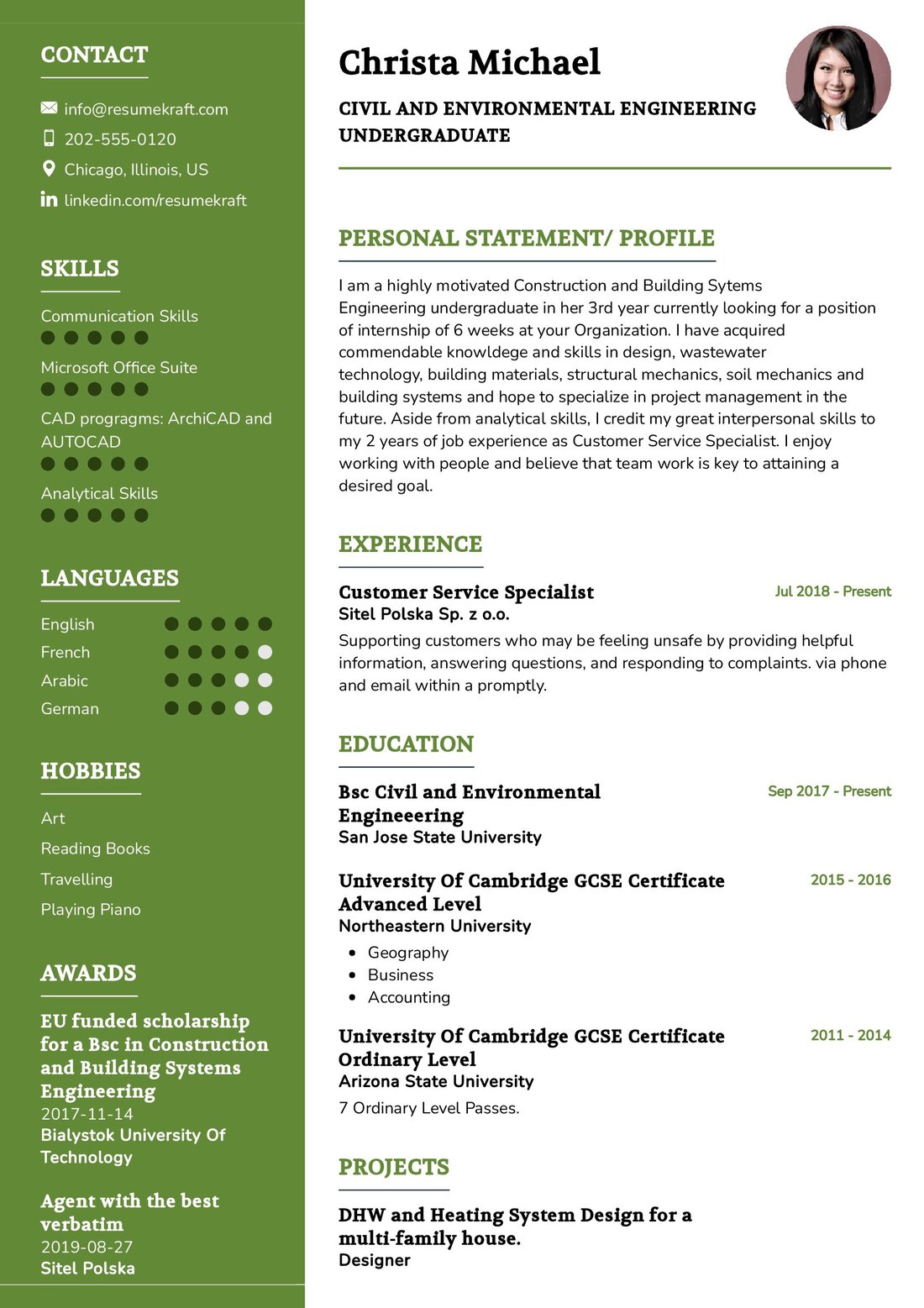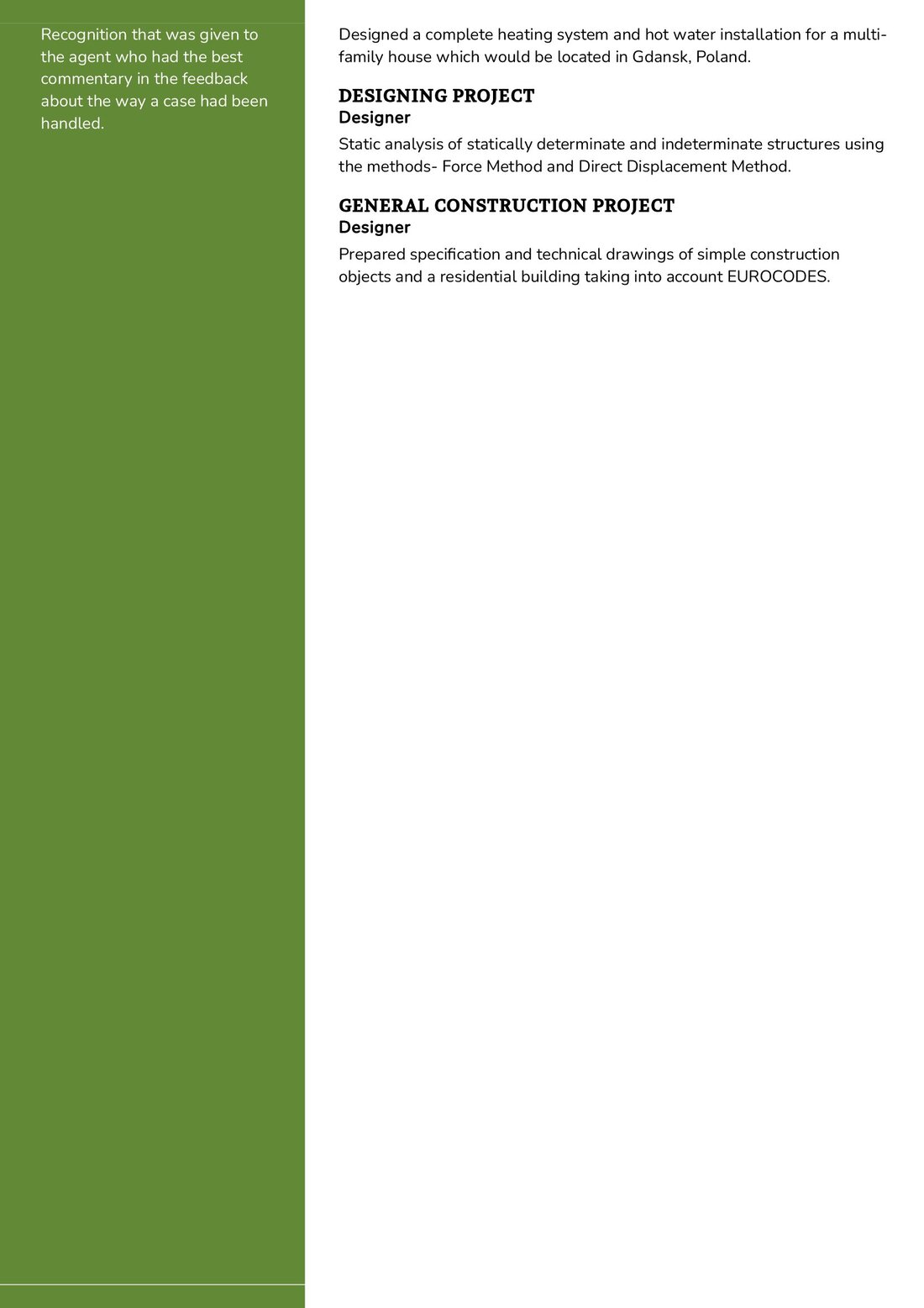What is the Role of a Civil & Environmental Engineer?
At the intersection of infrastructure development and environmental sustainability lies the pivotal role of a Civil & Environmental Engineer. These professionals are the unsung heroes who ensure that our urban landscapes evolve without compromising the health of our planet. Let’s delve deeper into this dynamic role that merges technical prowess with a commitment to environmental stewardship.
Civil & Environmental Engineers are tasked with designing, planning, and overseeing construction projects while ensuring that these initiatives adhere to environmental regulations and standards. They play a crucial role in developing sustainable solutions for infrastructure projects, ensuring that they have minimal negative impacts on the environment. From water treatment facilities to sustainable urban developments, these engineers are at the forefront of creating a balance between progress and preservation.
What are the Civil & Environmental Engineering Job Requirements?
Embarking on a career in Civil & Environmental Engineering demands a unique blend of technical knowledge and a deep understanding of environmental sciences. Here are the foundational requirements for this role:
- A Bachelor’s or Master’s degree in Civil Engineering, Environmental Engineering, or a related field.
- Proficiency in using engineering software tools such as AutoCAD, Civil 3D, and GIS applications.
- A solid understanding of environmental regulations and sustainable design principles.
- Experience in project management, ensuring that projects are completed on time and within budget.
- Strong analytical and problem-solving skills, essential for developing innovative solutions to complex challenges.
- Licensing or certification in civil or environmental engineering, depending on regional or national regulations.
Continuous professional development, through seminars, workshops, and certifications, can further enhance one’s credentials in this field.
What are the Responsibilities of a Civil & Environmental Engineer?
The role of a Civil & Environmental Engineer is multifaceted, encompassing a range of responsibilities that ensure the harmonious coexistence of infrastructure development and environmental conservation. Let’s explore these responsibilities:
- Designing and overseeing construction projects, ensuring they adhere to environmental standards.
- Conducting environmental impact assessments for proposed construction projects.
- Developing solutions to mitigate environmental challenges such as water pollution, air quality issues, and soil erosion.
- Collaborating with multidisciplinary teams, including urban planners, architects, and public officials, to ensure sustainable development.
- Monitoring and evaluating the environmental performance of existing infrastructure projects.
- Staying updated with the latest advancements in sustainable design and construction methodologies.
Each responsibility underscores the engineer’s commitment to creating a sustainable future for generations to come.
Civil & Environmental Engineering Resume Writing Tips
Your resume is the bridge between your professional journey and your dream job in Civil & Environmental Engineering. Crafting it with precision can set you apart in the competitive job market. Here are some tailored tips for your resume:
- Highlight projects where you’ve successfully integrated sustainable design principles, showcasing your commitment to environmental conservation.
- Detail any innovative solutions you’ve developed to address environmental challenges in construction projects.
- Include any certifications or courses related to sustainable design, environmental impact assessment, or green building standards.
- Emphasize collaboration with multidisciplinary teams, underscoring your ability to work in diverse project environments.
Each element of your resume should resonate with your dedication to merging engineering excellence with environmental responsibility.
Civil & Environmental Engineering Resume Summary Examples
Your resume summary is the blueprint that provides a snapshot of your professional journey. Here are some examples to guide you:
- “Civil & Environmental Engineer with over a decade of experience in sustainable urban development, adept at integrating green design principles in large-scale infrastructure projects.”
- “Dedicated engineer with a passion for environmental conservation, having successfully overseen multiple projects that prioritize sustainability without compromising on design excellence.”
- “Experienced in conducting comprehensive environmental impact assessments, ensuring that projects align with environmental regulations and standards.”
Each summary should encapsulate your expertise, your values, and your vision as a Civil & Environmental Engineer.
Create a Strong Experience Section for Your Civil & Environmental Engineering Resume
The experience section is the foundation of your resume, highlighting the milestones of your professional journey. Here are some examples to inspire you:
Each experience should reflect your commitment to engineering excellence and environmental stewardship.
Sample Education Section for Your Civil & Environmental Engineering Resume
Education is the cornerstone of your career, equipping you with the tools to excel in the field. Here’s a sample education section:
- M.Sc. in Environmental Engineering, Stanford University, CA, 2018
- B.Sc. in Civil Engineering, Massachusetts Institute of Technology, MA, 2015
- Certified Environmental Engineer, American Academy of Environmental Engineers, 2019
Civil & Environmental Engineering Skills for Your Resume
Skills are the tools that empower you to make a tangible impact in the field. Here’s a curated list of skills for a Civil & Environmental Engineer:
Soft Skills:
- Problem-solving
- Team collaboration
- Project management
- Communication
- Adaptability
Hard Skills:
- Environmental impact assessment
- Sustainable design principles
- Water and soil conservation techniques
- Green building standards (e.g., LEED, BREEAM)
- Advanced proficiency in engineering software tools
Most Common Mistakes to Avoid When Writing a Civil & Environmental Engineering Resume
While crafting your resume, it’s essential to navigate around common pitfalls. Here are some mistakes to be wary of:
- Using a generic template that doesn’t resonate with the unique demands of the role.
- Overloading the resume with technical jargon, making it inaccessible to non-technical recruiters.
- Omitting key projects that showcase your commitment to environmental conservation.
- Not aligning the resume with the specific requirements of the job description.
- Overlooking the importance of continuous professional development in the field.
Key Takeaways for Your Civil & Environmental Engineering Resume
As we wrap up, let’s crystallize the essential insights for your Civil & Environmental Engineering resume:
- Emphasize your commitment to merging engineering and environmental principles.
- Highlight projects that showcase your innovative solutions to environmental challenges.
- Detail any collaborations with multidisciplinary teams, underscoring your holistic approach to project management.
- Include any continuous learning initiatives, showcasing your commitment to staying updated in the field.
With these insights, you’re poised to craft a resume that resonates with your dedication to creating a sustainable future. Remember, your resume is more than just a document; it’s a testament to your commitment to blending engineering prowess with environmental responsibility.
Lastly, don’t forget to utilize the plethora of resources available at AI Resume Builder, Resume Design, Resume Samples, Resume Examples, Resume Skills, Resume Help, Resume Synonyms, and Job Responsibilities to create a standout application and prepare for the Civil & Environmental Engineering job interview.
Best wishes on your journey towards crafting a resume that truly reflects your passion and expertise in Civil & Environmental Engineering!



